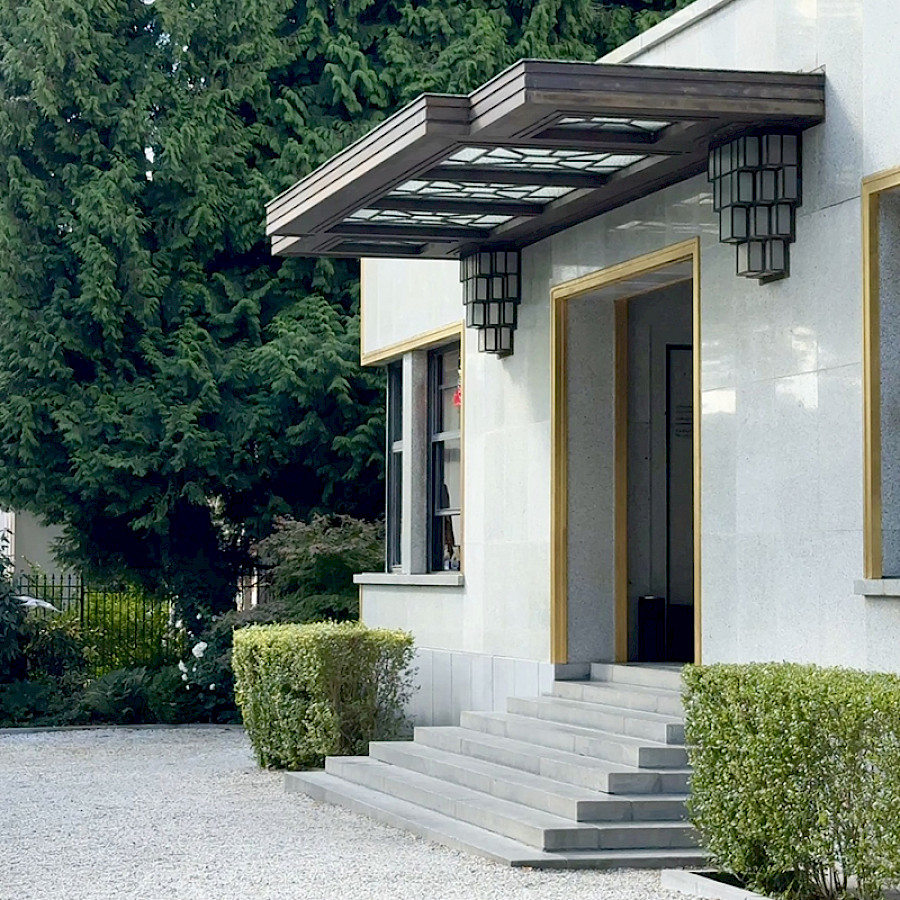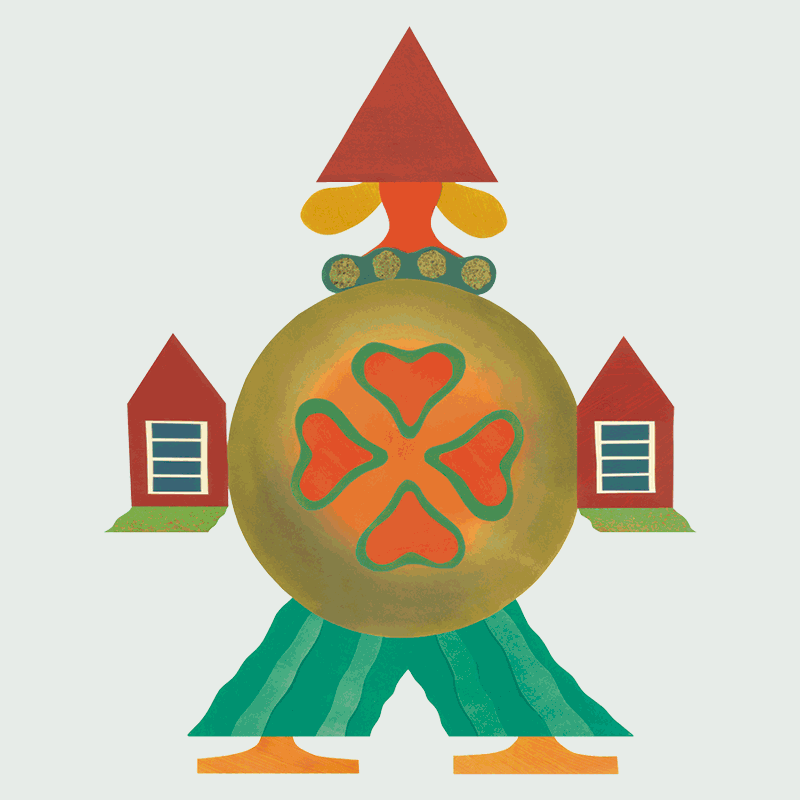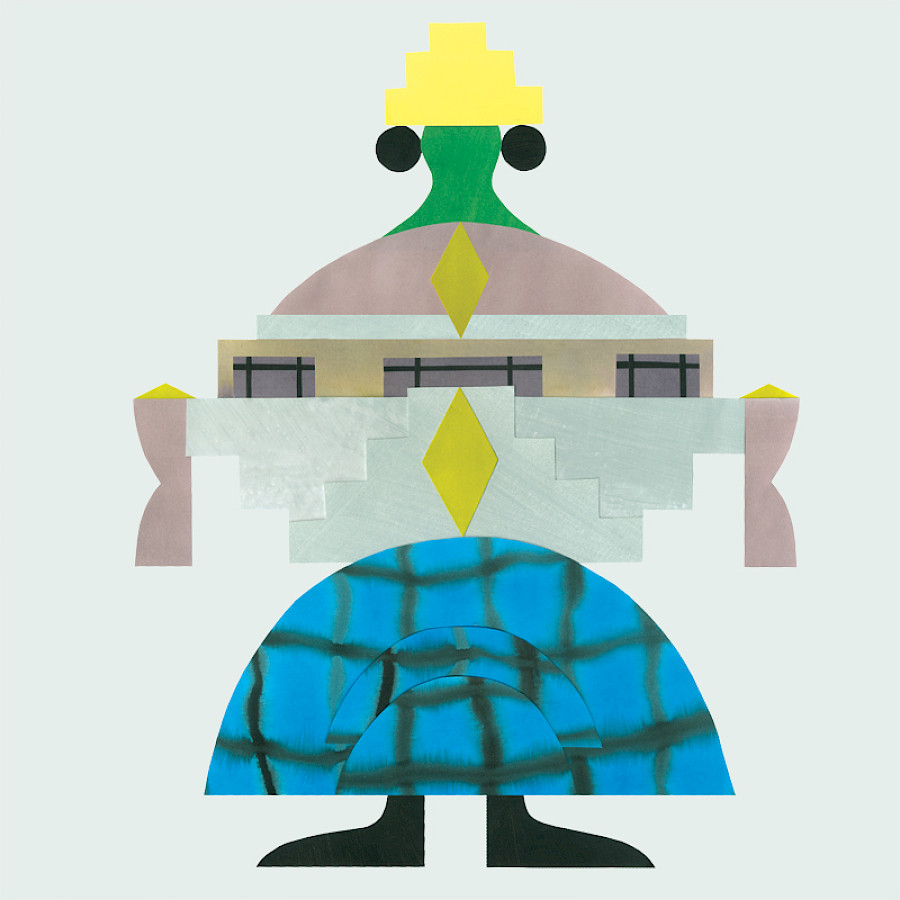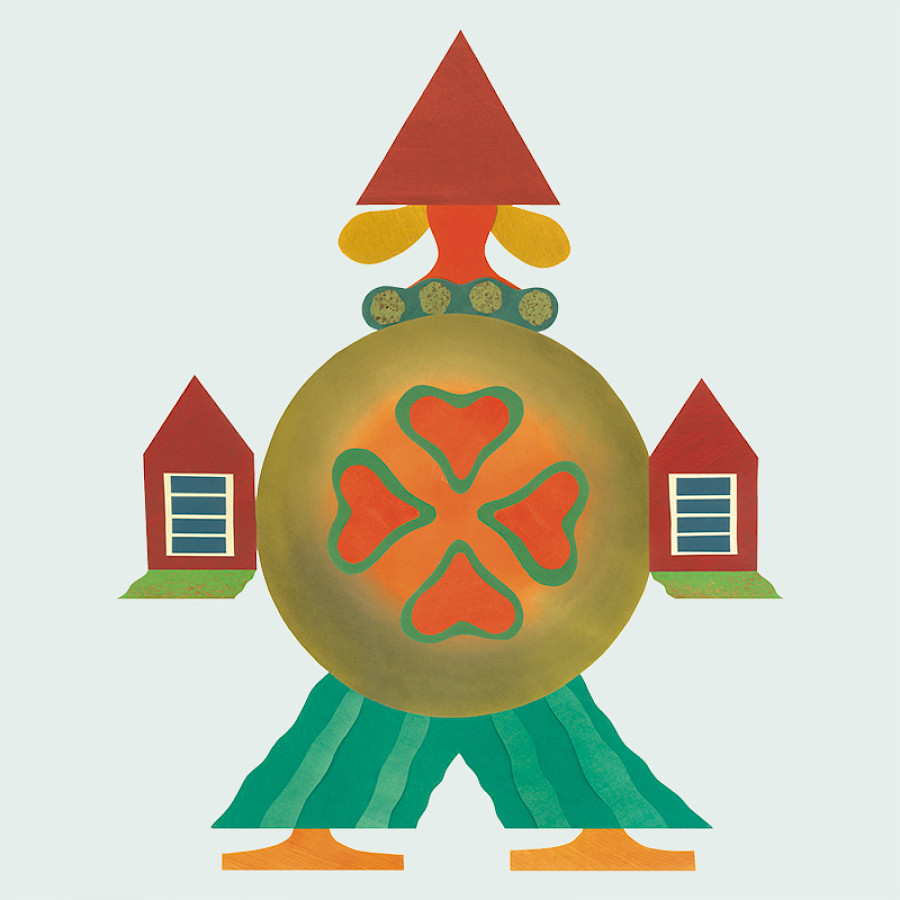Practicalities

| A summary of the thematic program “Art Deco, Roaring Twenties, Crash Years” is included in a printed leaflet, available at numerous locations (local authorities, tourist offices, libraries and participating venues) and especially at: > urban.brussels, Mont des Arts 10-13, 1000 Brussels, Monday to Friday from 9 a.m to 4 p.m > Halles Saint-Géry, Place Saint-Géry, 1000 Brussels, every day from 10 a.m to midnight > LAB·An x Hôtel van Eetvelde, Avenue Palmerston 2 – 4 , 1000 Brussels, Saturday, Sunday, Monday from 10 a.m to 5 p.m > BIP, Rue Royale 2 - 4, 1000 Brussels, every day from 9 a.m to 5 p.m > Town Hall, Grand-Place, 1000 Brussels, Monday to Friday from 9 a.m to 5 p.m, Saturday from 9 a.m to 6 p.m The selection of venues and activities outside the main theme is communicated exclusively through the website. You can discover this selection through the search engine of the general program. |
|
| An interactive map of all venues and activities for the Heritage Days is available here. | |
| To ensure that the Heritage Days can go ahead as seamlessly as possible, some visits to sites and participation in activities must be booked in advance. Bookings can be made online from the end of the second week of September 2025 on this website. | |
| Please note: Sunday 21 September is Car Free Sunday. Vehicles are not allowed to drive in the Brussels Region between 9:30 a.m. and 7 p.m. | |
| Regarding accessibility for people with reduced mobility: the program allows you to filter locations based on their level of accessibility. For any additional information on this topic, feel free to contact us at: jdp-omd@urban.brussels | |
| Similarly, the program lets you filter locations offering guided tours in French Belgian Sign Language (LSFB). These seven locations are also listed in the FAQ section. For any further questions about these tours and activities, please write to: nicole_lemaire@icloud.com | |
| Telephone helpline open on 20 and 21 September 2025 from 10 a.m. to 5 p.m.: 02/432.83.00 | |
| More information |
Theme

ART DECO, ROARING TWENTIES, CRASH YEARS
Since 1989, the Heritage Days have been among the cultural highlights that thousands of visitors – from Brussels, Flanders, Wallonia and far beyond – look forward to every year. For this 37th edition, Urban will offer a new perspective on this artistic movement, as part of the 2025 Art Deco Year. We will not only delve into the movement’s well-known aesthetics and luxury, but also explore its urban, architectural, sociological, and human dimensions.
Under the theme ‘ARTD DECO, Roaring Twenties, Crash Years’ the event will highlight a wide spectrum of heritage: from buildings, façades, and interiors to furniture, collections, intangible heritage, and public spaces. Themes of gender and inclusion, as well as links to colonial propaganda, will be explicitly addressed. They will also look at how Art Deco is being showcased and restored today, and what inspiration it can offer today's designers and architects. Art Deco was forward-thinking, yet retained a strong connection to craftsmanship and the human scale. It combined modern comfort with classical influences and monumental beauty. This duality – between past and future – gives Art Deco continued relevance today. Modernity, a key concept of the style, will therefore serve as the common thread throughout our 2025 programme. We warmly invite you to discover this rich and diverse heritage – whether built, movable, intangible or living – through an extensive range of guided tours and cultural activities. We will also once again highlight several iconic heritage sites across the capital. Thanks to the dedication of my teams, as well as the involvement of property owners, building managers, heritage associations and numerous partners, we are proud to present such a diverse programme. I would like to express my sincere gratitude to everyone who has made this cultural event possible.
I wish you many fascinating discoveries.
Sarah LAGRILLIÈRE,
Deputy General Manager
urban.brussels




